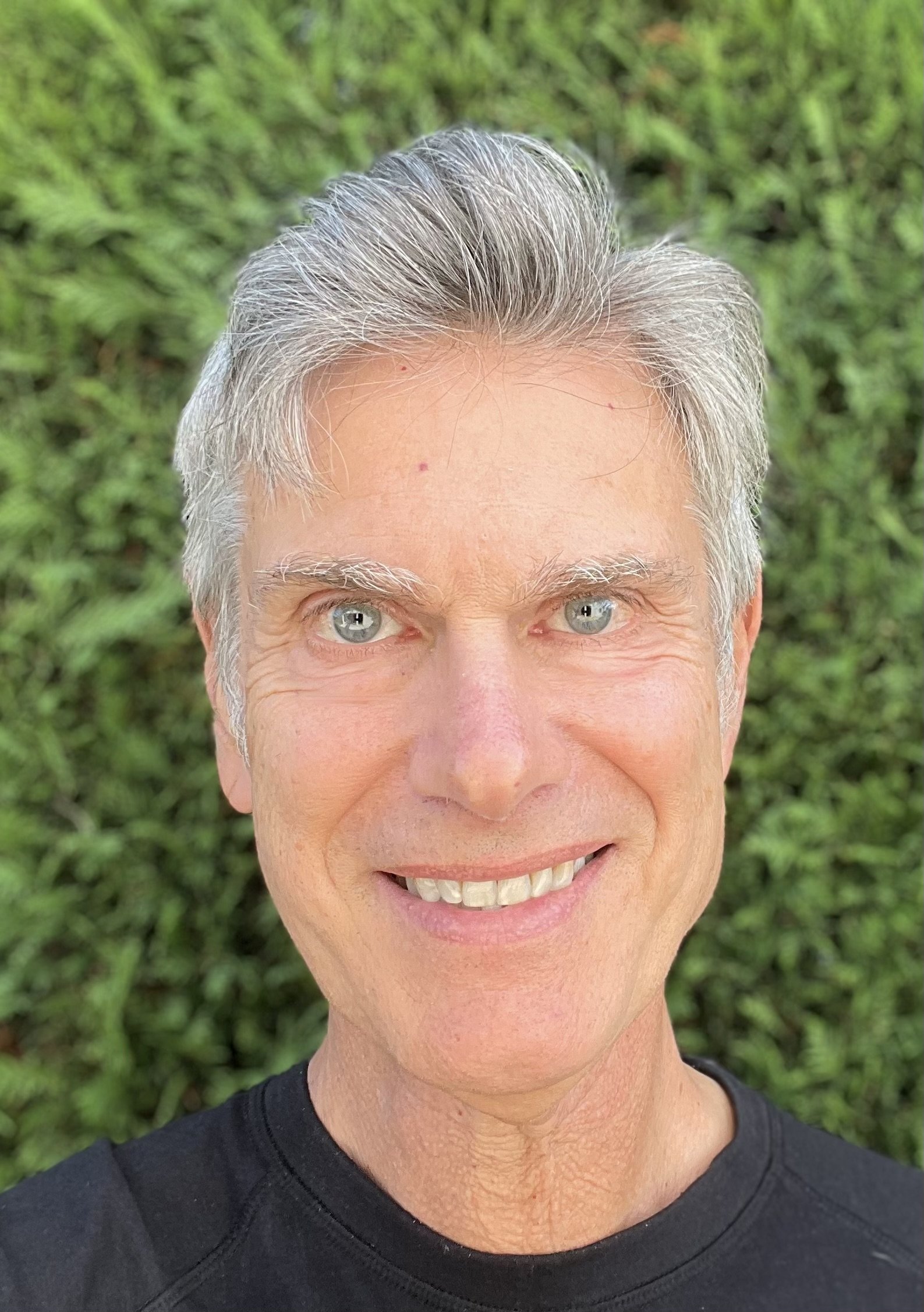QIGONG and TAIJI: WHAT'S THE DIFFERENCE?
Dear Friend of Qigong and Taiji,
I frequently get asked about the differences between Taiji (Tai Chi) and Qigong. For your review, here are some of my thoughts about these differences (and similarities).
Qigong is an ancient Chinese system of self-healing exercise and energy medicine, a meditative movement practice that is primarily used for health maintenance and healing, spiritual development, and inner strengthening to prepare for the physical demands of practicing the Chinese martial arts. Qigong is one of the four major modalities of Traditional Chinese Medicine; the other modalities are acupuncture, herbal remedies, and massage. Through gentle focused meditative movement, breathing techniques, and visualization, the practice of qigong supports cardiovascular health and immune system functioning, reduces pain, strengthens joints, and promotes relaxation of the body, calmness of mind, and the balancing of emotions.
Taiji is an ancient Chinese system of exercise, meditative movement, and self-defense. The slow, graceful movements of Taiji promote the physical qualities of strength, balance, and flexibility. The mental qualities of patience, calmness, concentration, and stability are cultivated by practicing Taiji. Taiji is a comprehensive martial art system that includes weaponry such as swords and staffs. However, it's often taught as a meditative movement practice that has deep healing benefits similar to Qigong. When practiced as a martial art, the movements of Taijiquan (or Taiji) can be extremely fast and whiplike. The Taiji martial artist uses or "borrows" the opponent's energy and force to gain advantage. As we say in Taiji culture, "the soft overcomes the hard" and "a force of four ounces can deflect one thousand pounds."
When Taiji is practiced as a meditative movement form, it is also a form of Qigong. The movements of Taiji and Qigong are designed to clear the blocked energy of the body, which is often experienced as muscular tension, fatigue, aches and pains, and stomach ailments. Medical research reveals that these practices can lower stress, improve physical functioning, and promote a general sense of wellness.
The term Chi ("chee") in Tai Chi is not the same as the Qi ("chee") in Qigong. That's why I have been using the spelling Taiji ("Tie Jee") recently. The "chi" in Tai Chi is a mispronunciation that is conventionally used because it is such a popular mispronunciation. "Taiji" is a central aspect of ancient Chinese philosophy. It refers to the unity and complementarity of the universal forces of “yin” and “yang”, and is often translated as “Grand Ultimate”. Taijiquan, the formal name for what is commonly called Tai Chi, can be roughly transliterated as "Grand Ultimate Fist" or "Boxing System integrating the harmonious complementary union of Yin and Yang”—now that's a mouthful! To further complicate the issue, I’ve found that some teachers and practitioners intentionally use the term “Tai Chi” to refer to the practice as an energy cultivation exercise that distinguishes it from the martial art form of “Taiji” or “Taijiquan".
Semantic issues aside, both Qigong and Taiji work with circulating and balancing the internal energy of the body. In Traditional Chinese Medicine, illness is associated with stuck or imbalanced energy. Practices like Qigong and Taiji help to clear the energy blockages and restore balance, allowing the body-mind to attain a natural state of homeostatic equilibrium.
Some people consider the practice of Taiji to be much more complex than most Qigong forms, due to the footwork and other physical components of the practice. On the other hand, many people enjoy the complexity of Taiji, which provides both an intellectual and physical learning curve that can be very stimulating and rewarding on many levels. I once met a local man in Bali who was a student of both Qigong and Taiji. When I asked him about what practice—Taiji or Qigong—was most challenging for him, he stated, "Qigong is the most challenging for me because it involves mastery of the mind."
Subjective impressions of challenge and complexity aside, I have found both of these practices to be very relaxing, stimulating, and rejuvenating.
In health, wellness, and joy,
Larry Cammarata
Larry Cammarata, Ph.D. is an instructor of Tai Chi and Qigong and a Licensed Psychologist specializing in mind-body health and wellness. In addition to teaching Taiji and Qigong, he teaches mindfulness and mindful movement internationally through the educational organization Mindfulness Travels. Larry has been a judge for national and international martial arts tournaments. During December 2011, he was invited to participate in the First Health Qigong Seminar for International Instructors, an event that was hosted by the Chinese Health Qigong Association in Beijing, China. Larry is a member of the Certification Committee of Tai Chi Healthways, an organization founded and directed by world renowned Tai Chi Master and Qigong expert Dr. Jesse Tsao, with whom he has studied Traditional Yang and Chen Style Tai Chi as well as several classical Qigong forms.
